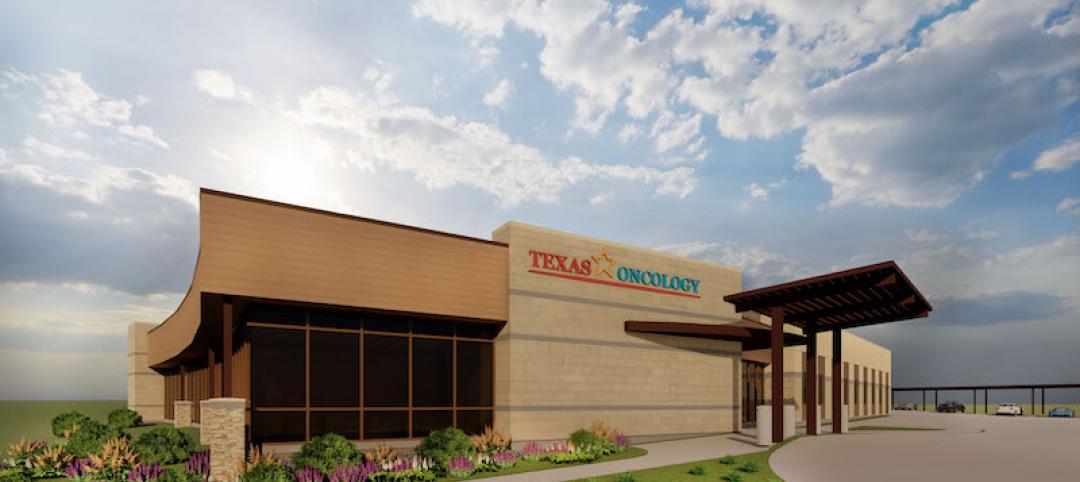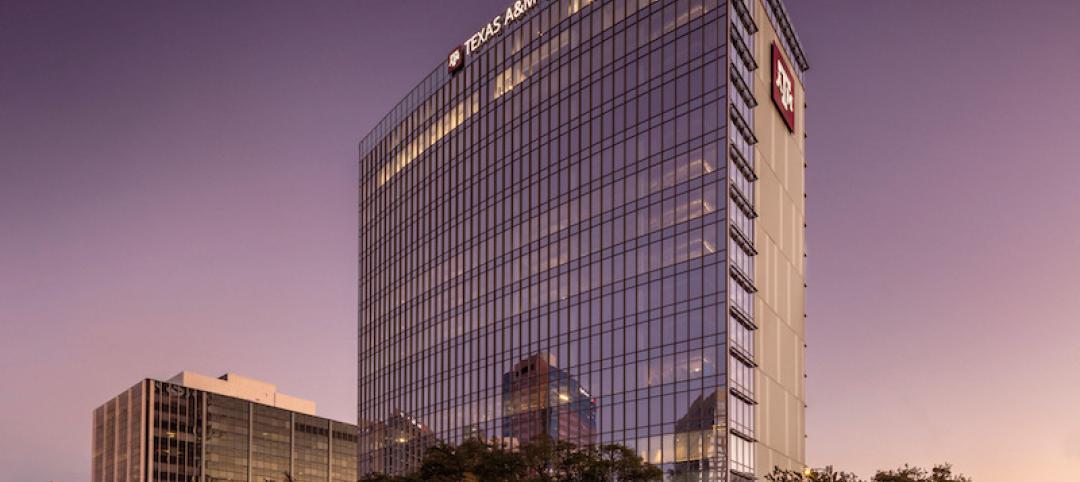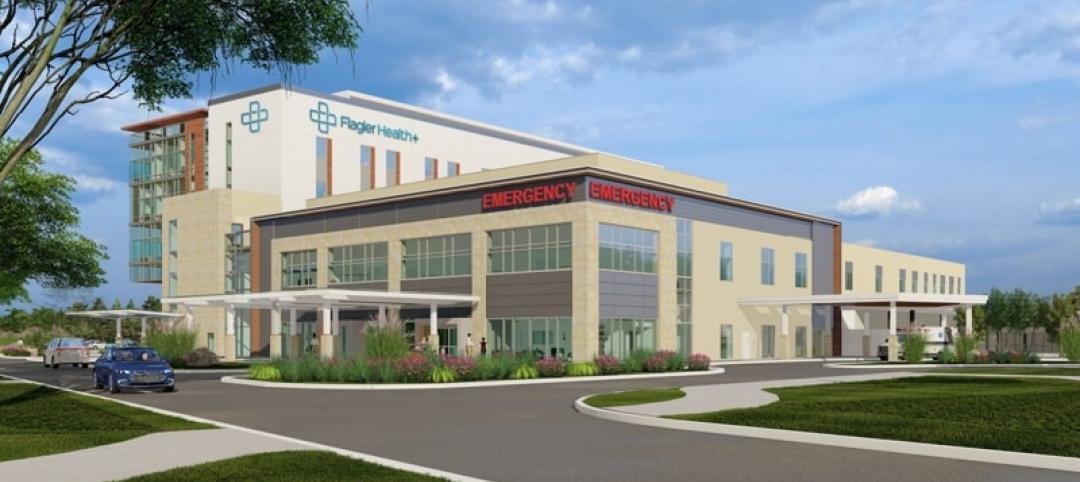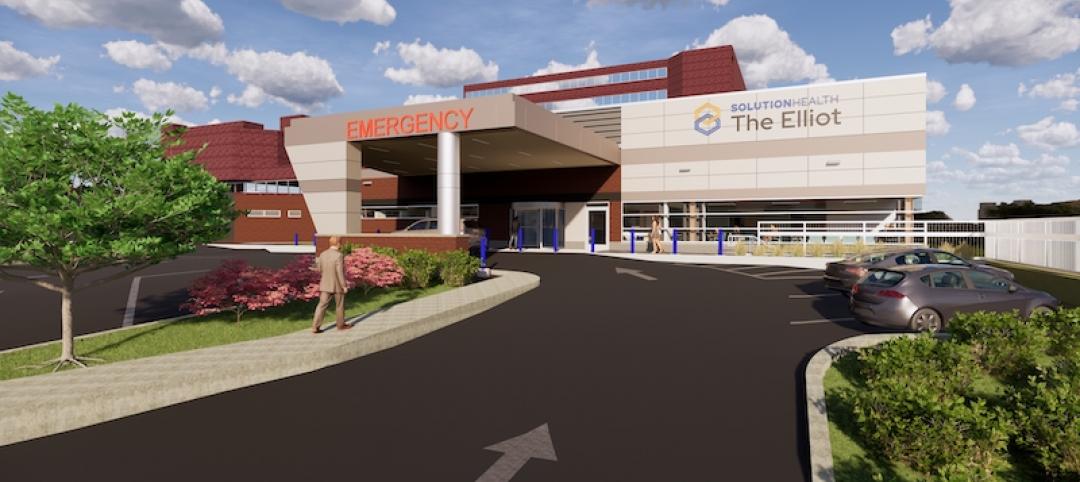This morning marks roughly 48 hours since my family and I emerged from our temporary home not knowing what we’d find in the wake of Hurricane Irma. After a circuitous route home, we pulled into our driveway with the same uncertainty. We’re among those fortunate enough to have minimal damage and are fully functional with power and water. Millions of our fellow Floridians were not as fortunate and are still waiting for power and water. Pictures from the Caribbean and the Florida Keys are heartbreaking to look at and I find myself pondering if I would have the strength to endure what thousands are presently enduring. My family is truly fortunate and grateful.
Planning for Disaster
As the storm approached Florida, two of our clients battened down the hatches in relatively new hospitals, designed specifically to withstand significant weather events like Hurricane Irma. During a situation like this there are three things I know to be true: Mother Nature can be quite unpredictable, no facility is infallible and no plan is foolproof. Despite this, patients and families in our clients’ facilities could take comfort in knowing these buildings were designed with severe weather in mind. The leadership of these organizations had a specific vision to commission the design and construction of these facilities to withstand these weather events and then backed that vision up with the funding to make it happen. A few significant design outcomes of this vision were:
- Generators that keep air conditioning functioning when the power goes out
- Glass designed to withstand significant impact from airborne debris
- Wells to bring water from the ground to replace city water
These are features we all hope are never needed but require significant investment and commitment from the organizations’ leadership. Are these additions truly worth the cost when there are so many other issues competing for capital dollars? If you ask this same question to the families, patients and staff who faced Irma in those buildings, you would get a resounding “yes.” This week, the vision those leaders had a decade ago, came to fruition.

Setting Priorities
Not all hospitals have, (or should have), the same vision that these organizations did, but a significant step in planning a major capital project is knowing what you want to get from your facilities and what you feel is most important. Owners have the ability to set the tone and direction, and they have the most impact on new projects at the beginning of the project life cycle. The ability to clearly communicate specific priorities to your team is among the most important tasks the owner’s leadership team will perform. In essence, if you don’t know what you want out of your new facility, then how will you know if you’ve achived it once completed?
Take the time to reflect and put in writing the vision for your new project. Know that each organization has its own needs and priorities; yours are specific to your patients, staff and community. Common features to consider include:
- Resiliency
- Family accommodations
- Flexibility of space
- Ease of expansion
Organizations should take time to consider the entire spectrum of possibilities and narrow down a list that will most benefit your organization. Keep in mind this work does not end when the vision is written down; it will resurface as cost estimates come in and roadblocks need to be worked through. Having a clear organizational vision that everyone is on board with will be extremely helpful as you overcome obstacles and challenges.
Conclusion
Devastating events like Hurricanes Irma and Harvey have a way of clarifying complicated issues - How do you protect and save life? Knowing what you want to get from your facilities is an invaluable step towards successful capital planning. Healthcare leaders and those engaged in new facility projects should take time to ensure the project vision is clear and at the forefront of each team member’s mind. Once project priorities are developed and clearly communicated,the better your chance of team member engagement ultimately leading to a successfully completed project.
Related Stories
Healthcare Facilities | Aug 18, 2021
20 years after developing the first open core hospital design here is what the firm has learned
Hospitals have traditionally used a “racetrack” layout, which accommodates patient rooms around the exterior and situates work areas and offstage functions in a central block.
Healthcare Facilities | Aug 5, 2021
Animal health, a huge market getting bigger, is fertile territory for engineering firm CRB
Regulatory compliance is seminal to any project’s design.
Healthcare Facilities | Aug 4, 2021
When the hospital becomes home
Patients and their loved ones need a variety of meaningful spaces outside the patient room to enhance feelings of optimism and control.
Healthcare Facilities | Aug 3, 2021
New 9-story outpatient facility planned on Washington University Medical Campus
Lawrence Group and Perkins Eastman are designing the project.
Healthcare Facilities | Jul 27, 2021
Texas Oncology continues to expand its reach
It is replacing and consolidating a number of its cancer care centers.
Contractors | Jul 23, 2021
The aggressive growth of Salas O'Brien, with CEO Darin Anderson
Engineering firm Salas O'Brien has made multiple acquisitions over the past two years to achieve its Be Local Everywhere business model. In this exclusive interview for HorizonTV, BD+C's John Caulfield sits down with the firm's Chairman and CEO, Darin Anderson, to discuss its business model.
Daylighting Designs | Jul 9, 2021
New daylighting diffusers come in three shape options
Solatube introduces its newest technology innovation to its commercial product line, the OptiView Shaping Diffusers.
University Buildings | Jul 1, 2021
Texas A&M University’s new Engineering Medicine program receives a new, unique space
EYP designed the project.
Healthcare Facilities | Jun 29, 2021
New Flagler Health+ Campus breaks ground in Durbin Park
Gresham Smith designed the project.
Healthcare Facilities | Jun 25, 2021
Hospital serving New Hampshire’s largest metro is expanding its ED
A pandemic delay led the design-build team to rethink the addition’s reception, waiting, and triage areas.

















